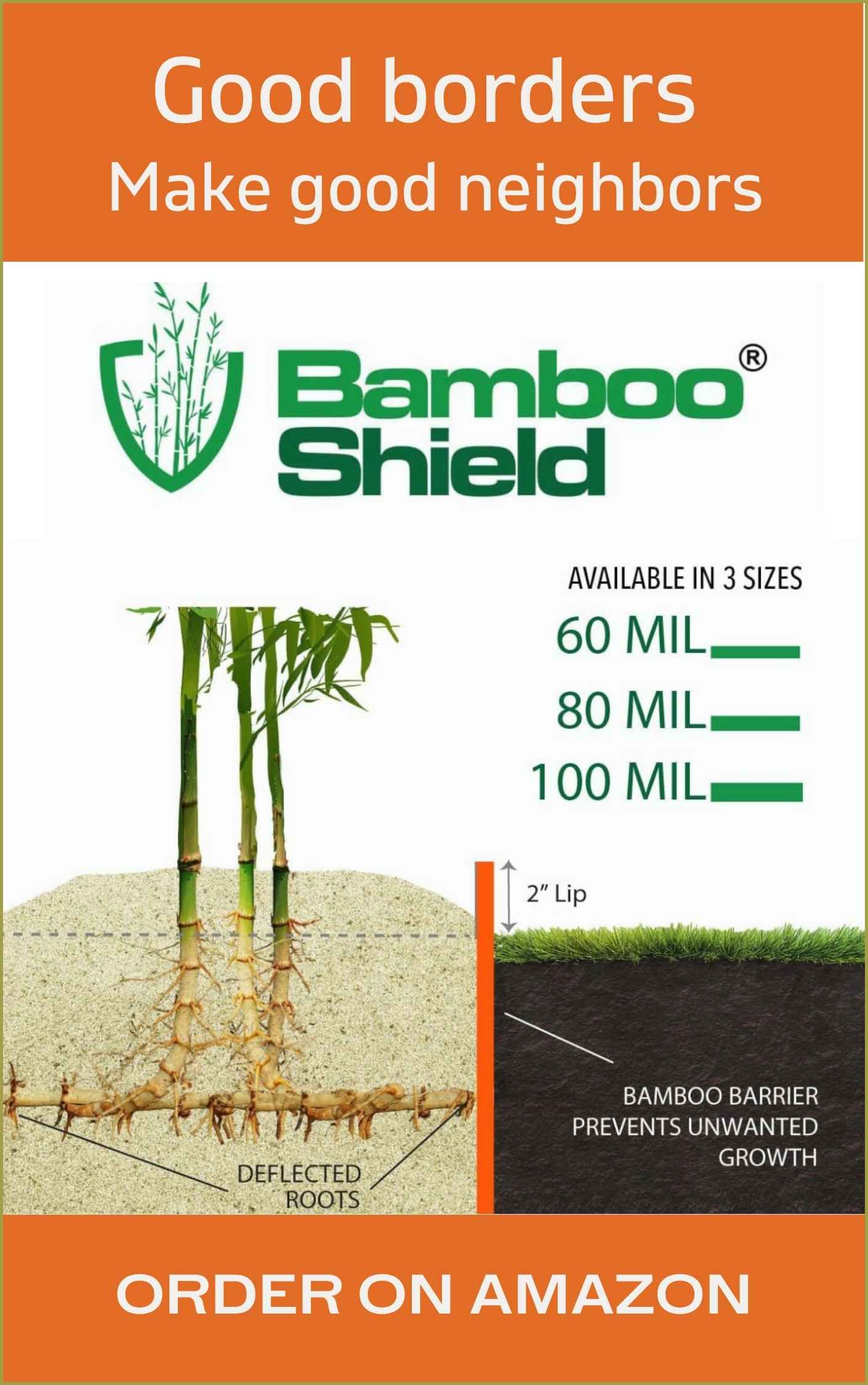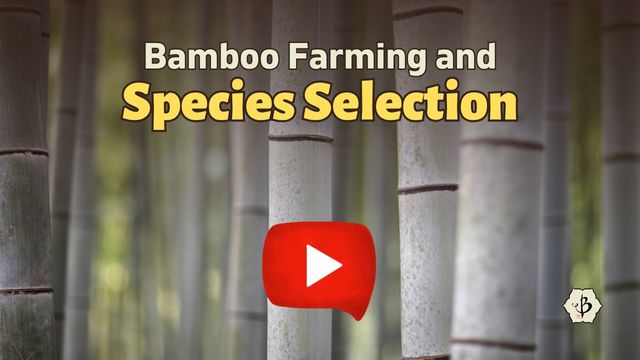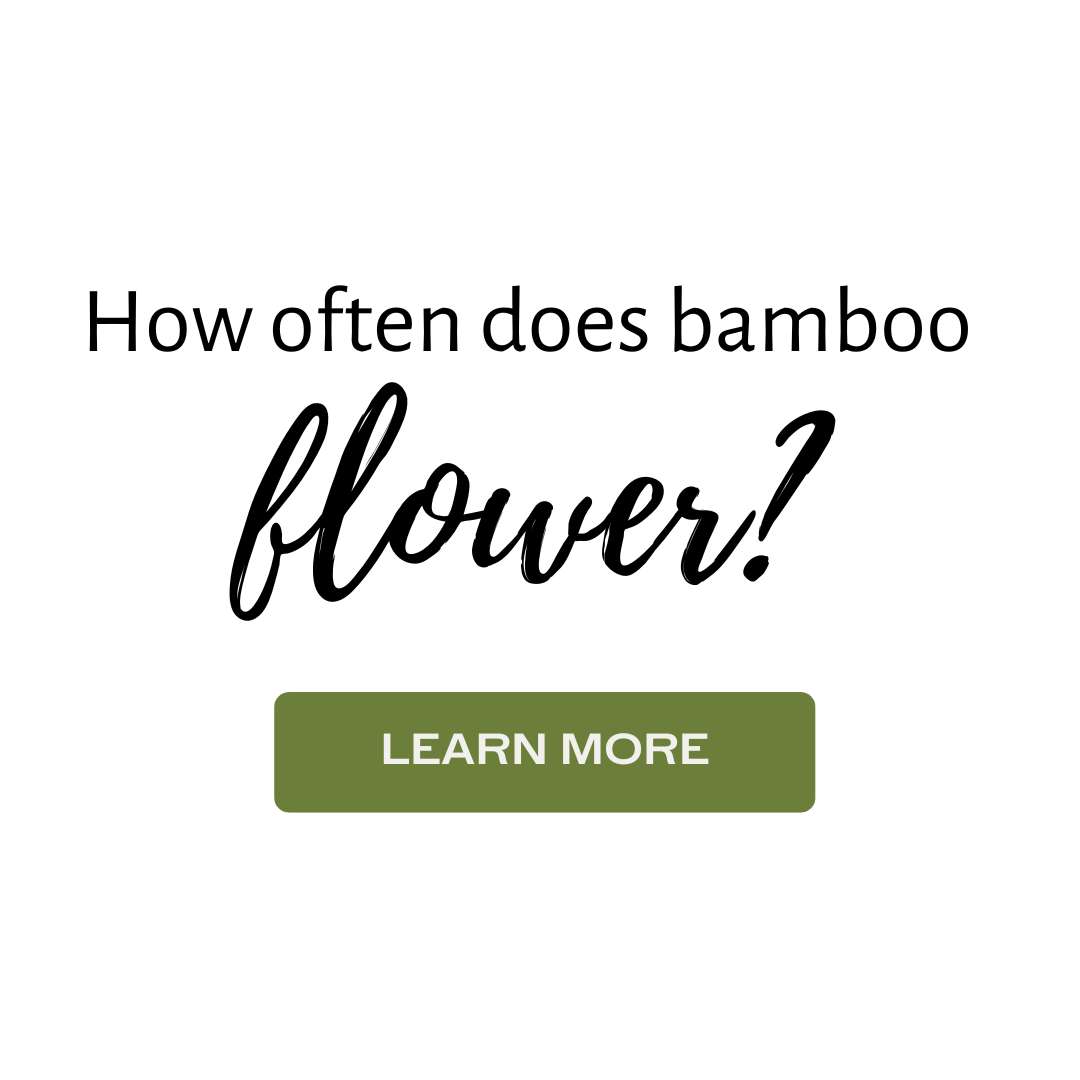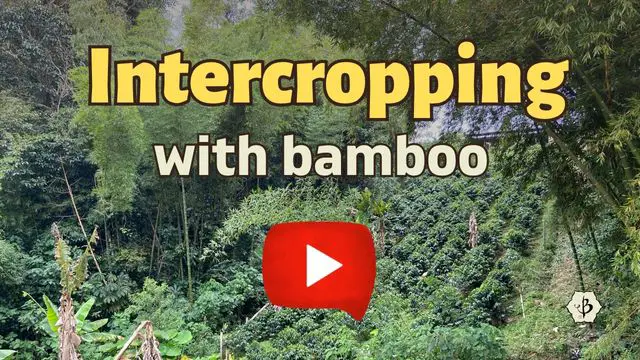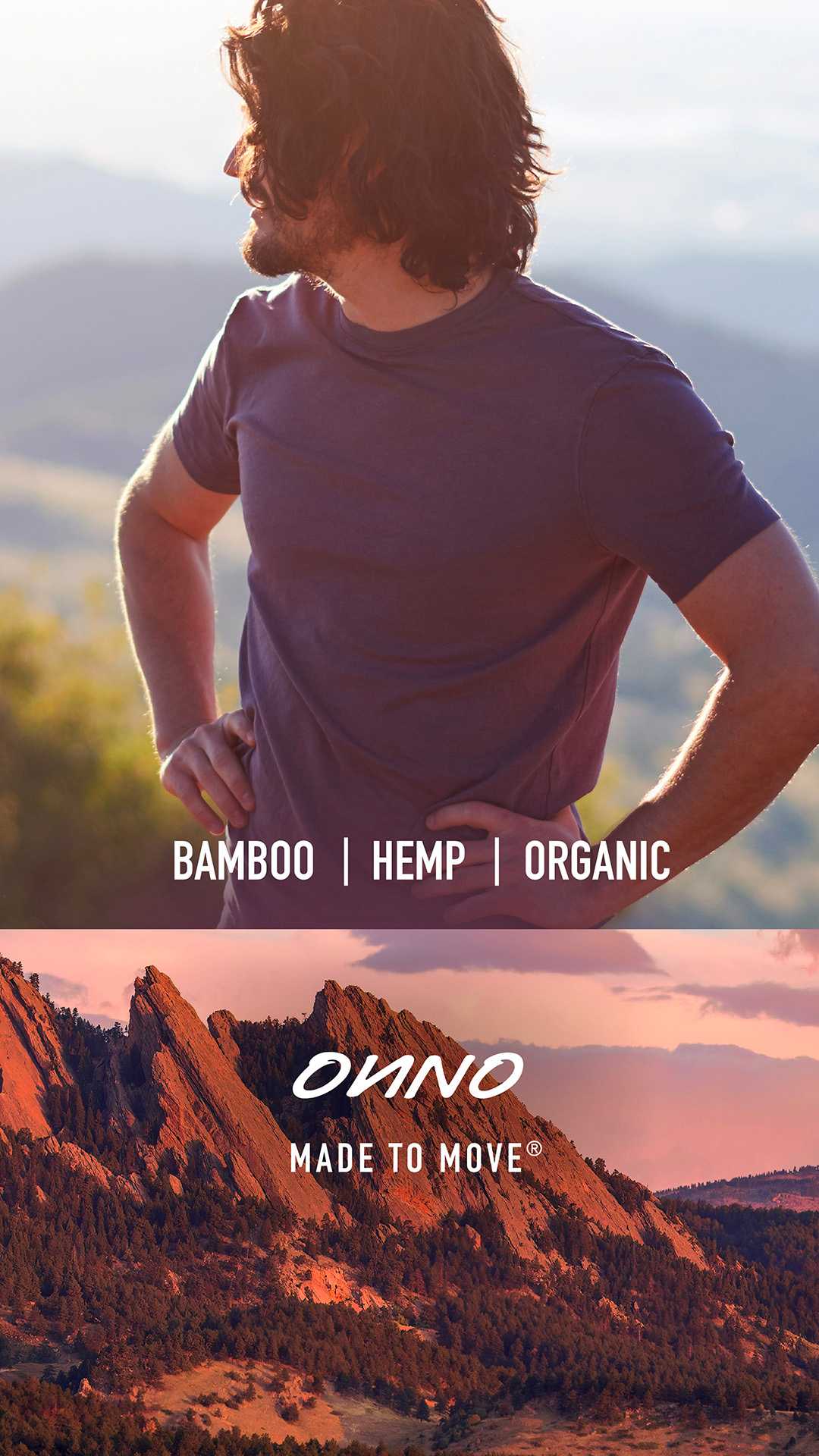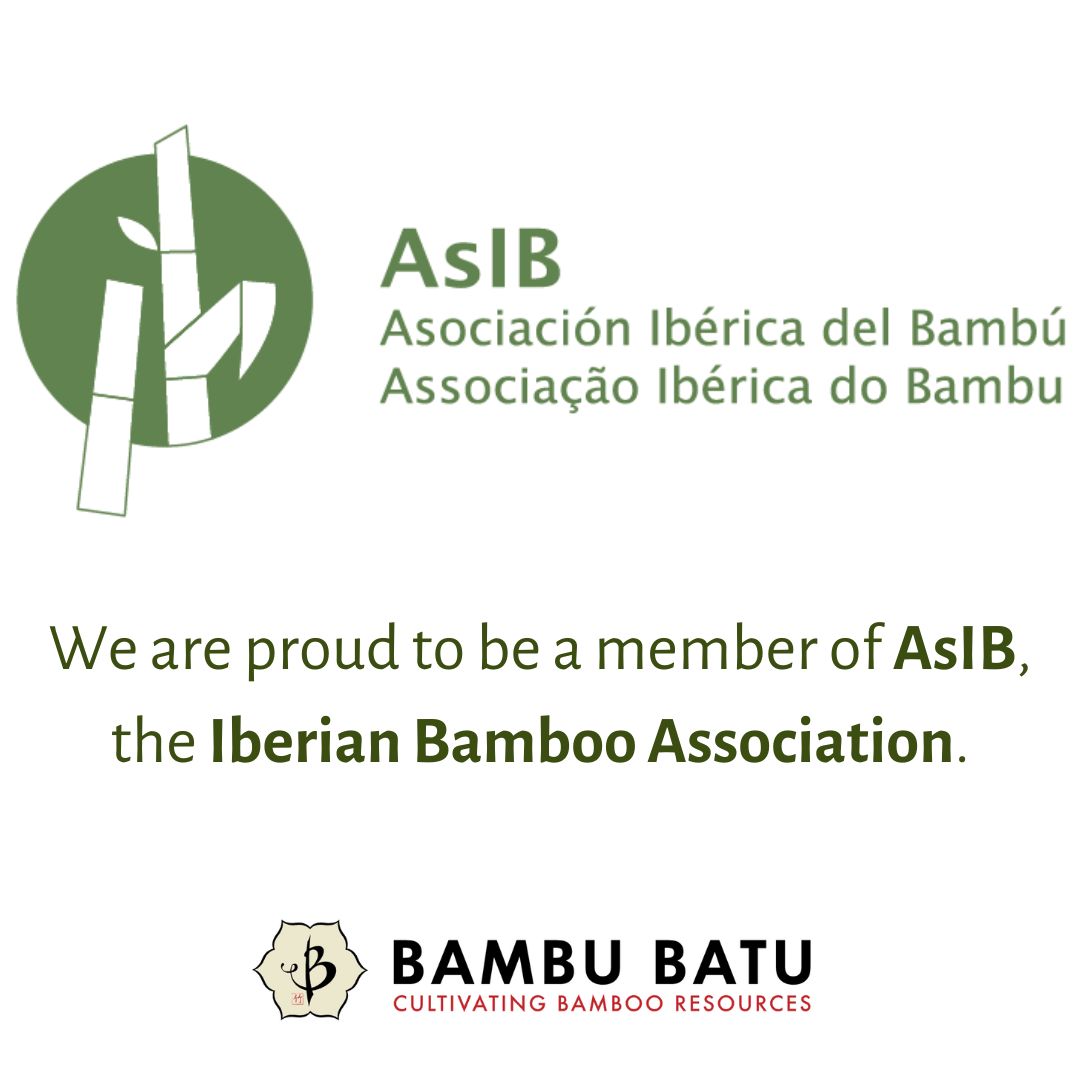You needn’t look far to observe bamboo’s enormous versatility, in everything from cutting boards and building materials to biofuel and bedsheets. Easily overlooked, bamboo charcoal is something of a byproduct, but it has a whole host of useful applications.
The uses and benefits of bamboo charcoal and biochar include water filtration, air purification, and soil enrichment. Charcoal is an excellent product to make use of older, smaller or inferior bamboo canes, and other remnants of bamboo cultivation and production. Many tropical regions and developing countries still rely on charcoal for cooking and heating their homes. As a fast-growing, woody grass, bamboo offers a far more sustainable source of charcoal than trees. Biochar is almost the same as charcoal but produced at a higher temperature to result in a higher carbon content for use as a soil amendment.
This article first appeared in December 2018, most recently updated in February 2024.
DISCLOSURE: Some of the links in this article are affiliate links. This means that we could earn a small commission, at no additional cost to you, if you click through those links and make a purchase. This helps us meet the costs of producing and maintaining our website.
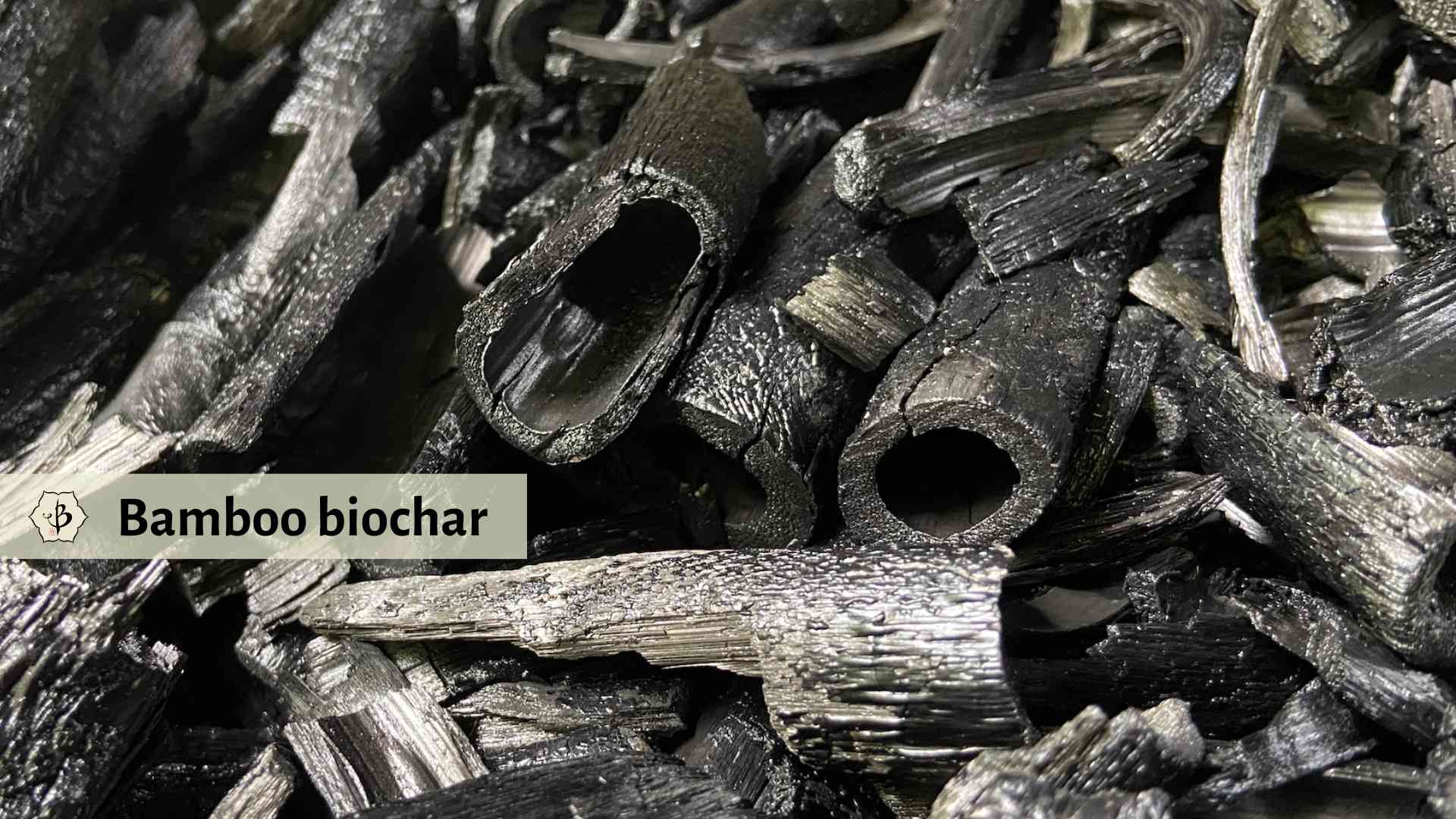
The never-ending uses for bamboo
Few plants can display a growth habit to rival that of bamboo. Some tropical bamboo species are known to shoot up at a rate of a foot or two a day in the growing season. Asians have long relied on bamboo for food, shelter, weapons, and musical instruments. But what about bamboo’s prospects in the afterlife?
Even bamboo that’s been eaten by panda bears and comes out the other end can be made into fabulous panda poo paper products or panda poop fuel. But how about bamboo that’s been destroyed by fire? Surely its potential must be limited. Well, think again.
Pyrolysis: How bamboo is made into charcoal or biochar
Pyrolysis is the heating or burning of biomass, in this case bamboo, to temperatures of around 400-600º C in an oxygen-deprived environment. Under these conditions, the impurities burn off, and usually around 20-30% of the organic material remains. What’s left can be used as a valuable fuel source. Charcoal burns hotter and cleaner than the original wood or bamboo.
The higher the temperatures during pyrolysis, the better quality end product you will get. Biochar is basically the same as charcoal but produced at higher temperatures, around 600-700º C. As a result, it is cleaner and has a higher concentration of carbon. Technically, biochar can be burned as a fuel for cooking or heating, just like charcoal. But if we call it biochar, this implies not only a higher quality but also a different end use. Most commonly, biochar goes into the soil like a fertilizer. (More on that below.)
The history of bamboo charcoal
By cooking mature stalks of bamboo at temperatures of several hundred degrees Celsius, the hardy plant undergoes thermal decomposition and turns into bamboo charcoal. This process, known as pyrolysis, essentially takes wood or bamboo and burns it while depriving it of oxygen. This causes the material to decompose, but leaves behind enough to serve as a fuel of its own.
This dark gray and seemingly inert end product actually has a surprising range of uses. Historically, the myriad applications of bamboo charcoal date back many centuries. We can trace the oldest written record to the Ming Dynasty of the 15th century.
Most uses of bamboo charcoal involve either cooking or some type of purification. But some of the most intriguing uses did not “come to light” until the 20th century. Relying on its strength and durability, Thomas Edison employed a carbon filament fashioned from bamboo for one of his very first light bulb experiments.
These days, however, the demand for bamboo filament lightbulbs has greatly diminished, so don’t expect to see any on the shelves at your local hardware store. Although you might find bamboo charcoal in some bamboo toothbrushes, which make use of its teeth-whitening properties.

Bamboo charcoal and briquettes on the BBQ
We usually associate it with German sausages and American burgers, but really, who doesn’t love a good BBQ? The oldest use of bamboo charcoal is probably for cooking. By way of pyrolysis, the stalks and culms of bamboo are cooked down to what’s classified as raw charcoal. This material can also be ground into powder and pressed into briquettes.
Charcoal commonly goes into a furnace to be used for heating. It’s also an ideal source of heat for drying out tea leaves, a very common practice in Asia. But bamboo charcoal also works great in the barbecue. It burns hotter, lasts longer, and leaves less ash than conventional wood charcoal.
Contact us directly if you’re looking for bulk quantities of bamboo charcoal. Bambu Batu has an extensive network of bamboo growers and producers that spans the globe.
Activated Charcoal: Purification and filtration
Like most varieties of charcoal, bamboo is very effective as a medium for cleaning both air and water. We often refer to this substance as activated charcoal or activated carbon.
The main difference between activated charcoal and ordinary charcoal is in the processing. Activated charcoal is produced at a much higher temperature, to achieve higher purity, and carbon levels are usually over 90%. The production of activated charcoal can involve multiple steps or one single, longer process, depending on the type of machinery that is used.
Most water filters employ some sort of carbon filtration system, but there’s a bamboo water filter method that’s as easy as dunking a slab of charcoal into a jug of water. Within 3-4 hours, the bamboo leaches the impurities from your tap water.
IPPINKA Bamboo Charcoal Water Filter is a product of Japan, and it reliably removes chlorine from your water, for a cleaner and better-tasting refreshment. They come three sticks in a box, and each stick lasts about a month or two. Just boil the stick once a week for ten minutes to keep it fresh.

If you’re just looking for something to clear the air, bamboo charcoal is perfect for that too. A little bag of charcoal in the sock drawer, in the car, or in the bathroom, can provide an effective and inconspicuous solution to the unpleasant odor problems.
Brilliant Evolution makes 50-gram bags of bamboo charcoal that are sold in sets of four. The reusable pouches last for up to 2 years. The charcoal itself is non-toxic, has no added chemicals or odors, and is easy to compost at the end of its use.
Also, check out our in-depth article on Bamboo for water purification.
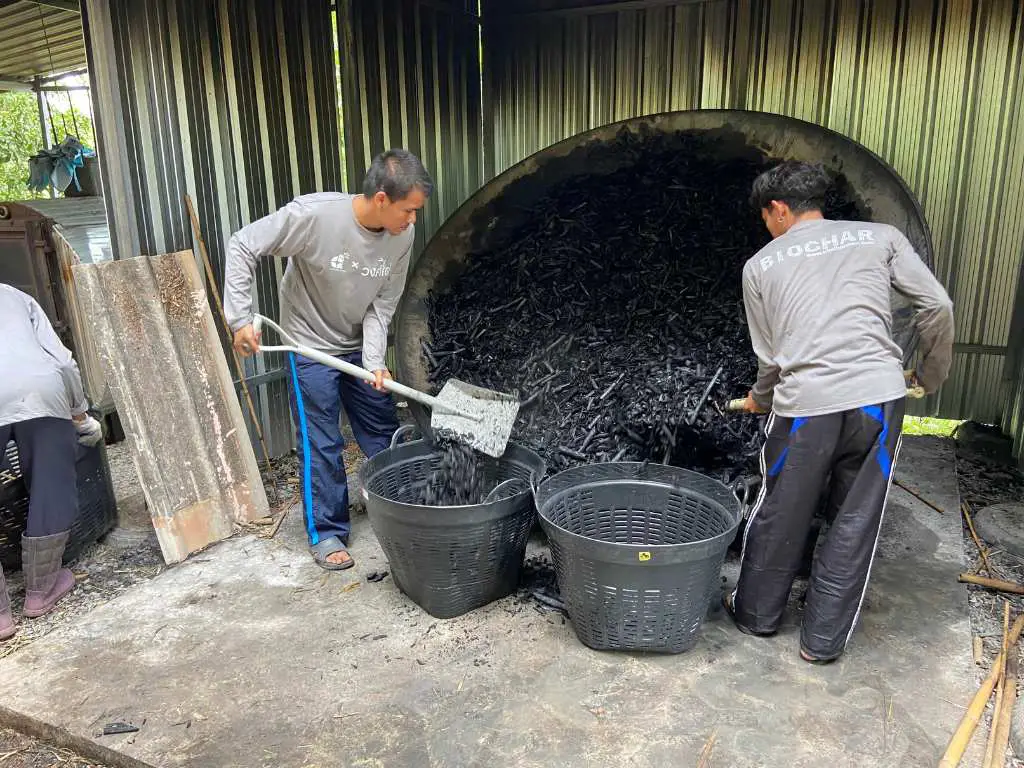
Bamboo biochar for healthy soil
Yet another application for bamboo charcoal is in the form of biochar, used specifically as a soil amendment. Adding carbon to soil brings a few different benefits. On the one hand, it’s a powerful way of storing carbon, like a carbon sink, effectively keeping it out of the atmosphere, where it’s a known contributor to climate change.
In addition to its environmental benefits, farmers also use biochar to improve their soil. It’s especially effective for raising the pH of acidic soil. But it also helps the soil retain moisture and nutrients because of its tremendous porosity and vast surface area. Higher levels of Soil Organic Carbon create conditions that attract beneficial micro-organisms, contributing to a rich ecosystem for root development and healthy plants. This reduces the need for fertilizing and irrigation, ultimately resulting in higher crop yields.
Take a look at our detailed article on Fertilizing your bamboo.
Some friends of mine in Thailand, pictured above, are turning their bamboo waste — small offcuts leftover from furniture and construction use — into valuable biochar. This helps them maintain a zero-waste processing system, while also eliminating the practice of burning their waste in open bonfires. The biochar is used as a soil additive on all kinds of crops and even gets applied back into the bamboo groves, for a very circular economy. Finally, the project is able to generate Carbon Removal Credits because the biochar is literally storing carbon in the ground and keeping it out of the atmosphere for many centuries.
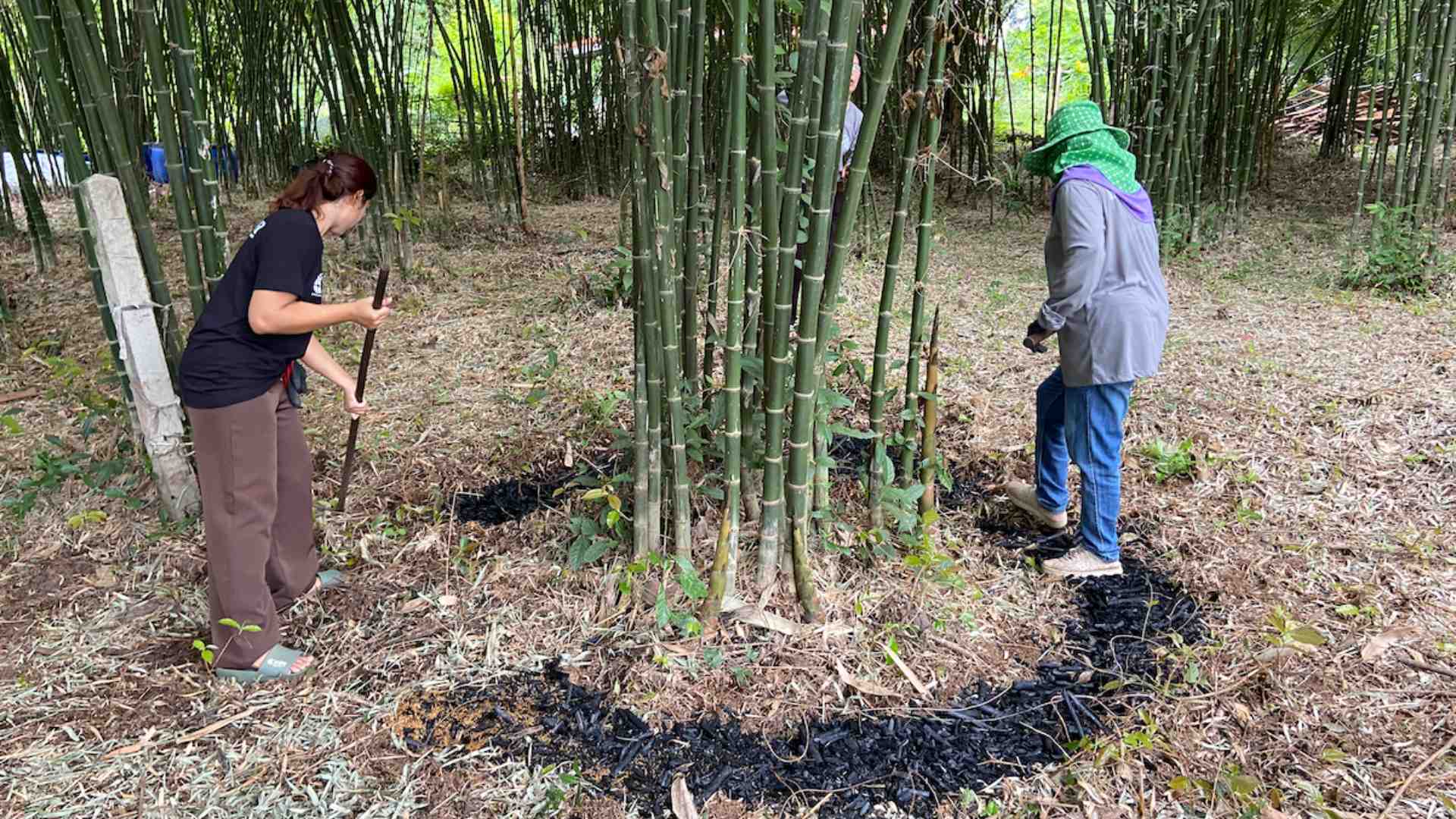
Charcoal use in the developing world
In much of the developing world, including countries like Kenya and Ethiopia, charcoal remains the primary fuel source for heating homes and cooking. The logging of trees to produce a sufficient supply of charcoal is actually one of the leading causes of deforestation in these regions.
Alternatively, they could be harvesting bamboo. There are a handful of bamboo species native to equatorial Africa, and much of it is far under-utilized. Instead of cutting down trees, local residents could be harvesting native bamboo. Not only can bamboo provide heat and energy to these underserved communities, but farmers can also plow a quantity of biochar back into the earth to enrich their soil and increase crop productivity.
In most of these African societies, they still make their charcoal with traditional and somewhat primitive methods. These techniques are highly inefficient, wasting significant amounts of lumber and releasing excessive quantities of smoke. Better processing methods and more diligent management of their bamboo groves could take pressure off the forests and bring enormous benefits to these developing nations.
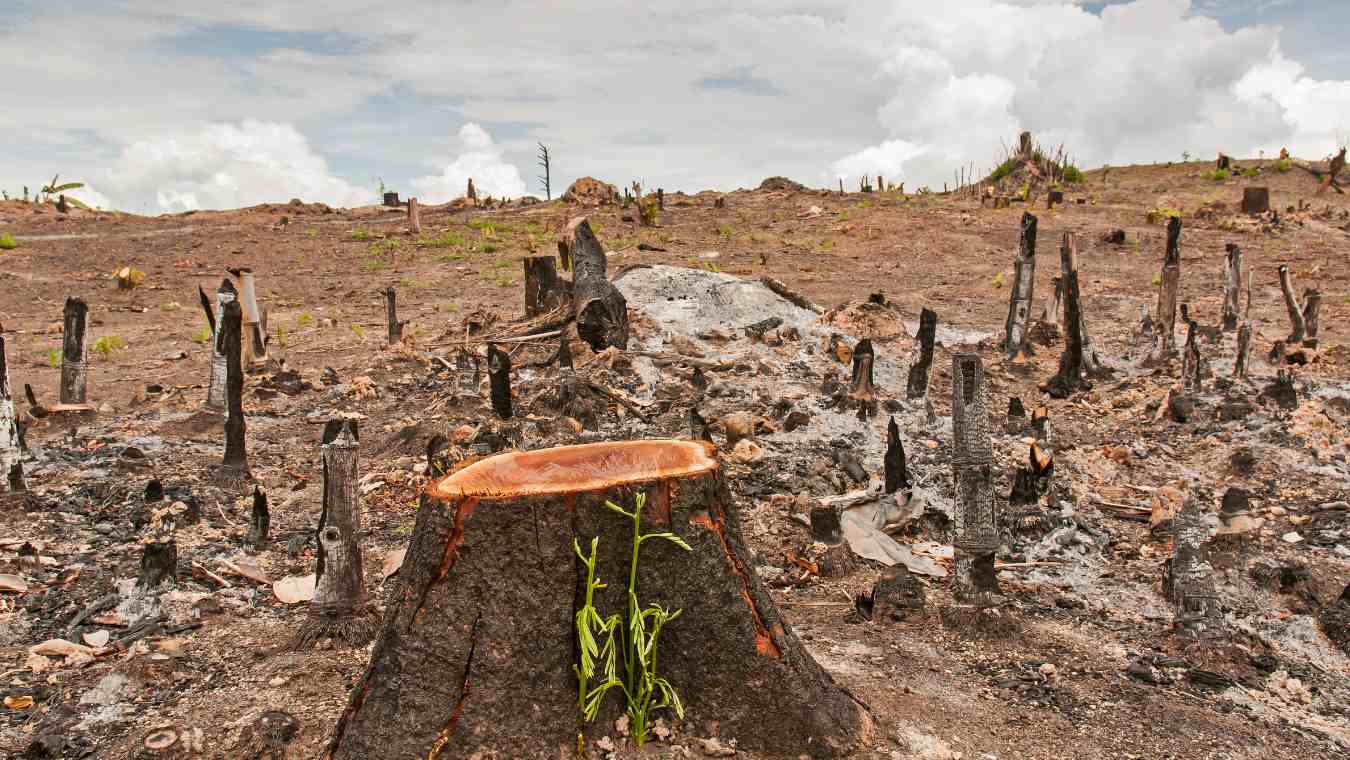
The bamboo charcoal burger
One final use of bamboo charcoal may or may not be worth considering, depending on whether you’ve got the stomach for it! In 2014, Burger King in Japan introduced the all-black cheeseburger, known as the Kuro Burger. They used bamboo charcoal to color the buns, the burger, and the cheese. Black squid ink was also added to the ketchup to make a black sauce. Bamboo charcoal is highly revered in Japan, and these frightening-looking burgers were actually a big hit.
I cannot attest to the taste of a black cheeseburger, but why not treat yourself to some cleaner water and a little more fresh air? Bamboo charcoal can do it all!
Fire up your curiosity
Reach out to Bambu Batu if you’re looking for bamboo products or raw materials for your next project or business venture. And if you’re interested in the many uses of bamboo for energy and industry, take a look at some of these in-depth articles.
- Bamboo for fuel and energy
- Bamboo and biochar in Thailand
- The future of bamboo construction
- Solid bamboo furniture











